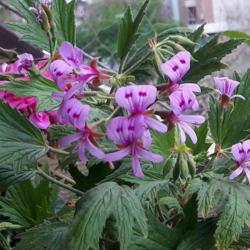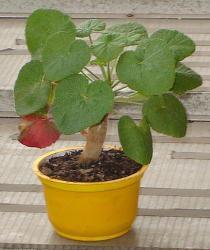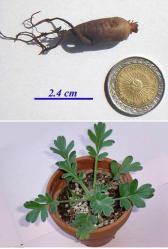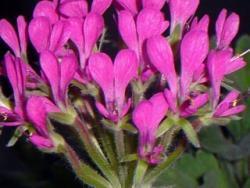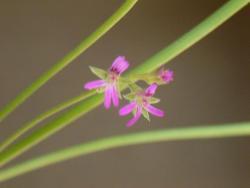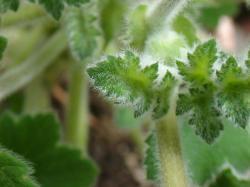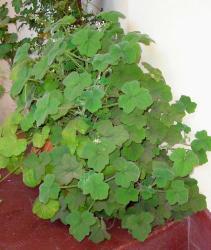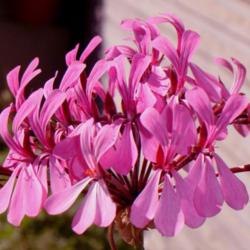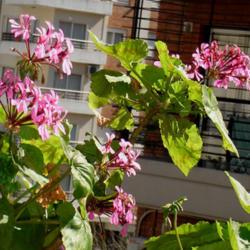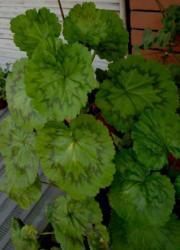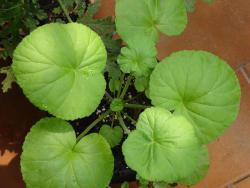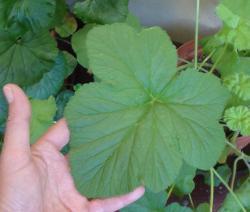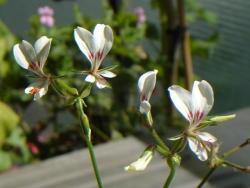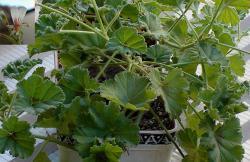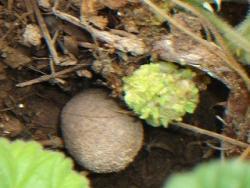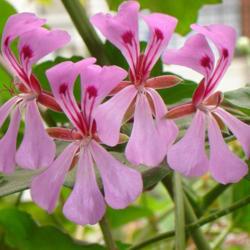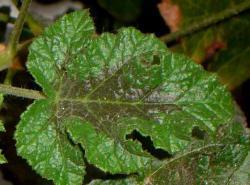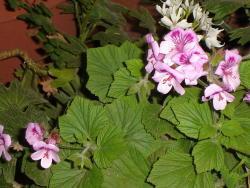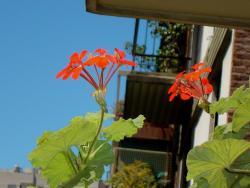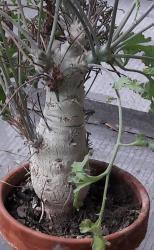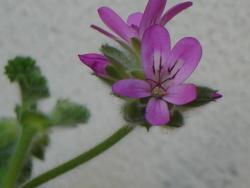Thank you Mutisia.
You are from Chile. We are neighbours!
These botanical pelargoniums are just the ones I grew from seed.
I have others that I could get the plant, such as Pelargonium sidoides 'Burgundy', Pelargonium gibbosum and others
I do not grow any plant from the genus Geranium. There are not so many species native to this part of South America.
I found a list here, some with pics: https:/www.sib.gov.ar/busqueda.php?qry=geranium&qrydo.x=0&qrydo.y=0
As you can see many of them are not native, but introduced from Europe and North America.
Many of them are not showy enough fror a garden. Many were discovered recently (1990's) such as Geranium tafiense (from the central-north part of Argentina, the province of Tucumán) and I coudn't find any pic yet.
I lived in a town in the Patagonian Andes for 12 years, and I remeber having seen many Geranium magellanicum in the forests there. The plant is very attractive. (It is also native to Chile)
But most people in Argentina do not value (or do not like) native plants.
In all these years I only saw very few native plants in the gardens there, and never a single Geranium magellanicum.
The climate there is ideal for some plants, that grow without any care, mainly:
Tulips (As they naturalize very easily there, they are everywhere, in every garden... They are beautiful, OK, but you get bored seeing them in every corner)
Roses (any kind)
Lupinus polyphyllus (from North America)
Rosa rubiginosa (you may know it as "rosa mosqueta" in Chile), from Europe, has disseminated so much that it has become a threat to native species.
Cytisus scoparius ("retama" in spanish), the same.
There are many native species from Patagonia that are really beautiful, (many are also native to Chile) but they are never used in gardens.
Geranium magellanicum is one of them.
Alstroemeria patagonica (syn. Alstroemeria aurantiaca), with very attractive yellow-orange flowers, is rather common in summer in the forests.
Fuchsia magellanica grows everywhere, except in the local gardens.
Calceolaria uniflora. This plant has spectacular flowers, it is native to southern Patagonia and Tierra del Fuego, but never saw a single one growing in any garden.
Mutisia decurrens and other mutisias, they are very nice vines, everybody knows them, but they are never used for gardening.
Petunia patagonica. This plant is breathtaking when in flower, but again, not a single one in the gardens.
Berberis darwinii. Of these I have seen some plants in cultivation, but very few.
I think the same happens in Chile, doesn't it?
You are from the climate zone where Lapageria rosea (copihue) grows. I spoke to many people from Chile with gardens, and most of them didn't grow it, despite it being one of the showiest plants you can grow in a garden.
The same applies to Alstroemeria ligtu or Tecophilaea cyanocrocus (the Chilean blue crocus... And what a deep blue color they have!). Both spectacular and only native to Chile... but not usually seen in gardens. I once knew a guy near Santiago that had the luck to find some blue crocus plants growing wild near his home. He was very happy because these plants aren't even commercialized.
The same happens with the attractive "anyanyucas" (Rhodophiala ananuca, Rhodophiala rhodolirion, Rhodophiala bagnoldii, and many others, also indigenous from Chile).
